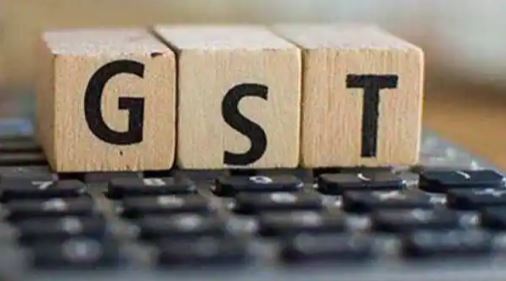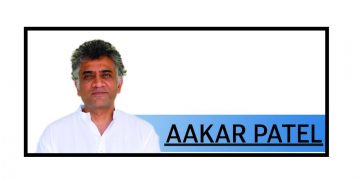New Delhi: Centre is likely to push for a 5 per cent tax on EVs when its ambitious overhaul of the Goods and Services Tax (GST) to lower tax rates on daily use items ranging from butter to electronics is considered by the all powerful GST Council in a two-day meeting starting Wednesday.
The Council, chaired by Union Finance Minister Nirmala Sitharaman and comprising ministers from all states, will discuss the Centre’s ‘next-gen’ GST reform proposal of having just two tax rates of 5 and 18 per cent by moving products from the current 12 and 28 per cent slab to lower rates. A special 40 per cent rate has been proposed to be levied on select few items.
While the pruning of the tax slabs and the resultant expected fall in prices have been welcomed, Opposition ruled states are seeking compensation for any loss of the revenue that may occur because of the rejig.
A 4-tier GST structure of 5, 12, 18 and 28 per cent was implemented from July 1, 2017, when the Centre and states agreed to subsume most of their taxes like excise duty and VAT into one uniform tax. A compensation cess in the range of 1 to 290 per cent is levied on luxury and demerit goods to create a revenue pool for compensating states for the loss of revenue occurring from the exercise.
However, the compensation mechanism was for initial five years ending June 2022.
Prime Minister Narendra Modi had in his Independence Day speech August 15 unveiled the plan for GST reforms. Shortly thereafter the central government shared a blue print of the planned reform with a Group of Ministers (GoM) from different states for initial vetting.
The GoM has consented to Centre’s proposal of doing away with the 12 and 28 per cent slabs, and reducing tax rates to benefit common man. Its recommendations are to be considered by the Council September 3 and 4.
While broadly agreeing with the slab changes, the GoM has favoured charging electric vehicles priced up to Rs 40 lakh with an 18 per cent GST, sources aware of the matter said. The Centre, however, is keen to push EV adoption and favours a 5 per cent rate and the same stance will be pushed in the Council meeting, they said.
Most of the common use food items like ghee, nuts, drinking water (20 litre), non-aerated drinks, namkeen; certain footwear and apparels; medicines and medical devices are likely to move from 12 per cent to 5 per cent tax slab. Common use items ranging from pencils, bicycles, umbrellas to hairpins may also move to 5 per cent slab.
Prices of electronic items like certain category of TV, washing machine and refrigerator are likely fall because of being taxed at a lower rate of 18 per cent, as against 28 per cent currently.
Goods like automobiles that are currently charged at the highest slab of 28 per cent, plus a compensation cess, may see a differential rates with entry-level cars being charged 18 per cent rate, while SUVs and luxury ones being put in the special 40 per cent rate.
The special 40 per cent rate will also be for other demerit goods like tobacco, pan masala and cigarretes. There could also be an additional tax on top of this rate for this category.
Opposition states, like West Bengal, have demanded that any levy on top of the 40 per cent rate should exclusively be for sharing with states to make up for their revenue losses.
Eight opposition-ruled states — Himachal Pradesh, Jharkhand, Karnataka, Kerala, Punjab, Tamil Nadu, Telangana and West Bengal — have also demanded that all states be compensated for the revenue loss they incur post the implementation of the GST rejig.
These states have argued that rejig in rates and abolition of slabs will lead to lower revenues. The Centre, however, is of the opinion that lower prices will boost consumption and mostly make up for any loss of revenue in the long run.
These states are likely to meet ahead of the GST Council meeting on September 3 to formalise their strategy on the issue.
Sources said the Centre was equally concerned about revenue implications of the GST rejig and its GST reform proposal would ensure least revenue disruption, while easing compliance burden for businesses.
As per the Centre’s proposal, 99 per cent of the items in the current 12 per cent bracket will be shifted to the proposed 5 per cent slab. Besides, 90 per cent of the items in the 28 per cent bracket would be shifted to 18 per cent.
PTI







































